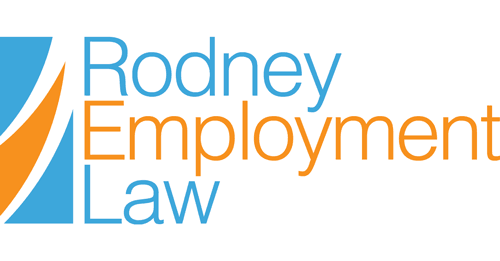The newly emerged concept of quiet quitting has gone viral on social media. For the purpose of this blog, ‘quiet quitting’ occurs when an employee stops being engaged in the workplace and taking initiative in their work, fulfilling only the bare minimum requirements of their assigned tasks. Essentially, the employee disconnects emotionally from their job.
This shift has left many employers increasingly frustrated and wanting to respond to the situation, which has given rise to a reaction movement to quiet quitting, commonly referred to as ‘quiet firing’. This practice encompasses a wide range of behaviors, from growing disinterest in the employee’s career to outbursts of anger and toxicity. It is crucial to understand the signs of quiet firing and to understand the potential legal consequences of an employer’s actions.
Just as quiet quitting is an attempt to remove oneself from a position without actually quitting, quiet firing attempts to push an employee out of their job in an indirect manner. Employers do this by making the employee’s day-to-day work experience unpleasant or unbearable, to the point where they feel that they have no choice but to resign. Quiet firing can occur as a reaction to quiet quitting, but also in cases where employers know that layoffs and cost cuts will have to be implemented. The practice can include any comments or actions aimed at making the workplace environment highly challenging for an employee. Quiet firing includes distancing oneself from and outright ignoring an employee, reducing bonuses or other forms of perks/compensation, giving an employee complex and difficult tasks without any guidance or support, and more direct actions such as publicly berating an employee or uninviting them from team events.
While the terms ‘quiet quitting’ and ‘quiet firing’ are new, the behaviors they describe are not. The traditional term used to describe the behaviors of quiet firing is constructive dismissal. Constructive dismissal occurs when the employer fails to abide by the employment contract, unilaterally changes the terms of employment, or shows an intent to do either of these[1]. In essence, constructive dismissal is triggered when there is a fundamental change made to a term and condition of employment. By following the quiet-quitting trend, employers open themselves up for lawsuits from employees for both constructive dismissal and workplace harassment.
Rather than face these potentially costly consequences, employers should attempt to remedy the situation, and if that fails, to confront the employee directly and dismiss them through fair and responsible legal methods. In dealing with any workplace disputes, communication is key. Employers are encouraged to communicate their expectations consistently and continue to monitor an employee’s concerns, checking in for support and clarification. Most quiet quitters fall into this routine because they feel unheard and unsupported by their managers, so it only makes sense to be pro-active and reverse the pattern. Employers should also understand the importance of work-life balance by encouraging employees to take breaks, allowing them to enjoy off-work hours without worrying about emails and phone calls, and ensure that workloads are manageable so that employees do not feel that they are pressured to work beyond their normal hours. Overall, managers should strive to create an environment where people feel comfortable and supported, and where they are motivated to meet and exceed performance expectations.
Of course, these strategies will not work with every employee, and sometimes a severing of the relationship is the best option for everyone. However, rather than trying to avoid unnecessary payouts and costly severance packages by pushing an employee to quit, the employee’s legal entitlements should be respected, which includes treating employees with respect and dignity. An experienced employment lawyer can help negotiate a fair package for employees while, at the same time, ensuring risk mitigation for employers.
The team at Rodney Employment Law provides strategic employment law and HR guidance to companies of all sizes across the employment life cycle. For more information, please reach out to the team at Rodney Employment Law at [email protected] or complete out contact form here.
[1] “Constructive Dismissal – 815-1-IPG-033,” Employment and Social Development Canada (Government of Canada, June 9, 2022), https://www.canada.ca/en/employment-social-development/programs/laws-regulations/labour/interpretations-policies/constructive-dismissal.html.
